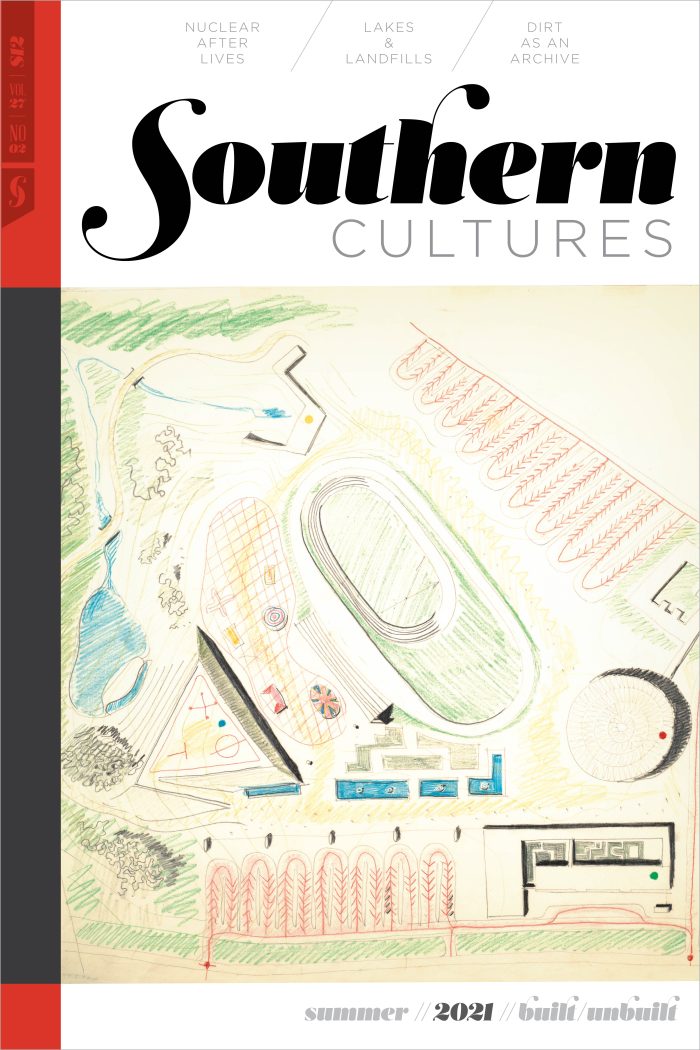“Frozen in space and time, its artificial landscape literally preserved Florida as a reptilian state on the brink of modernity.”
In the summer of 1918, just over a year after the United States entered the First World War, a new exhibit opened at the American Museum of Natural History (AMNH) in New York City. Thousands of visitors to the storied institution bordering Central Park gazed through glass into the cypress swamps of South Florida. Painstakingly built by the museum’s leading herpetologists and wax modelers and fifth in a series of museum dioramas that depicted the “home life of reptiles,” the Florida Reptile Group represented the largest and boldest example of its type to date. More than twenty feet wide by twelve feet deep, it boasted a remarkable attention to detail in recreating the watery interior of the peninsula. The aim was to illuminate Florida for adults and children alike. “It is hoped,” the president of the museum, Henry Fairfield Osborn, explained, “the group will stand as a book plain to read on the reptile life of Florida, as well as a beautiful picture of a part of the Florida cypress swamps.”


